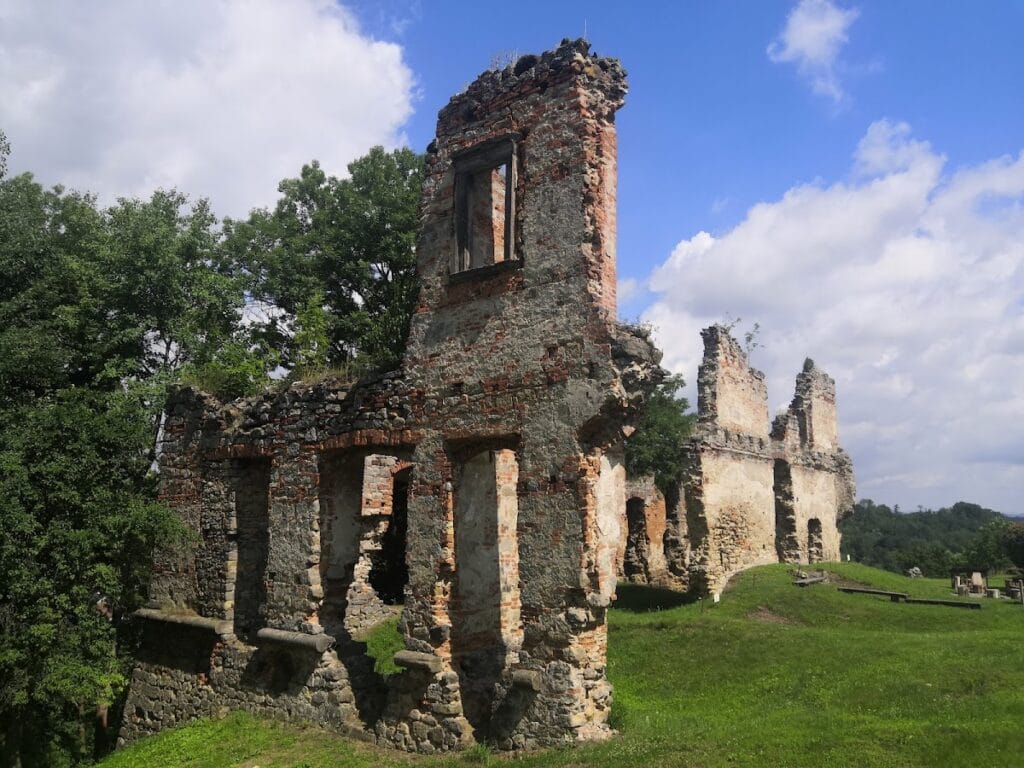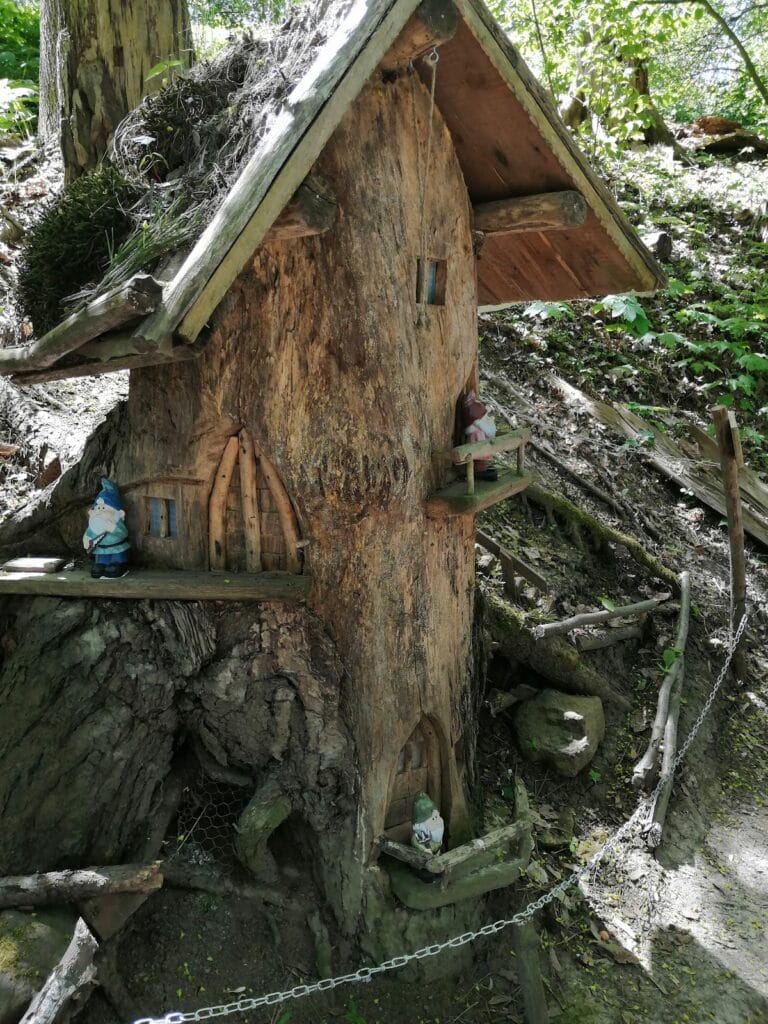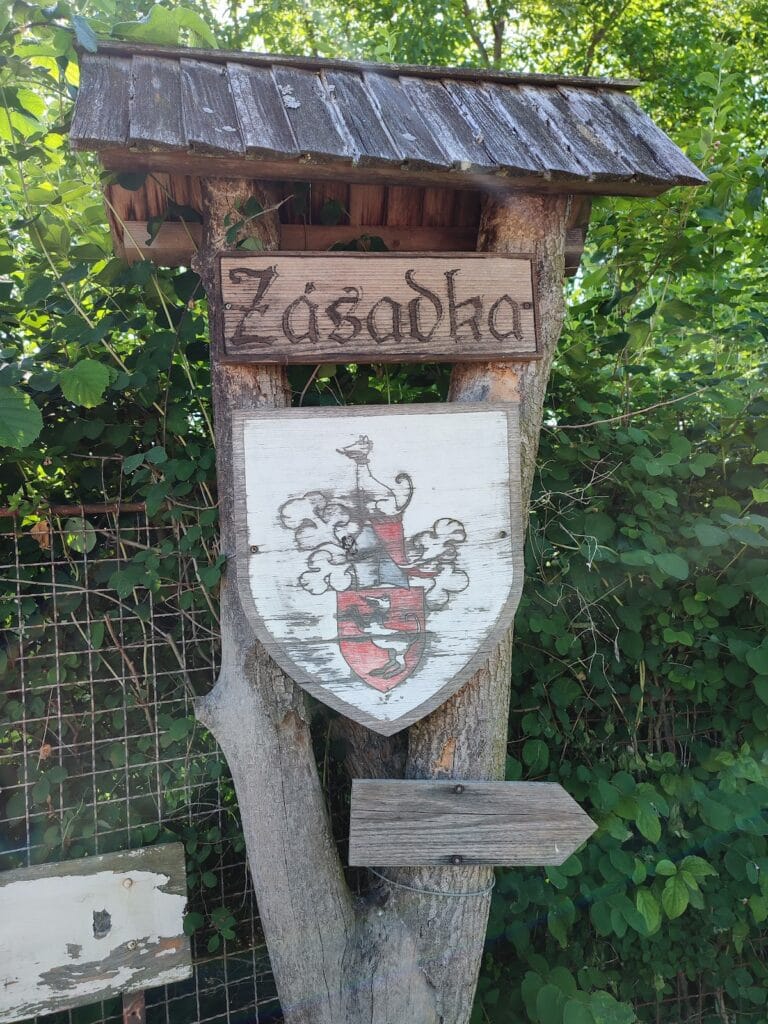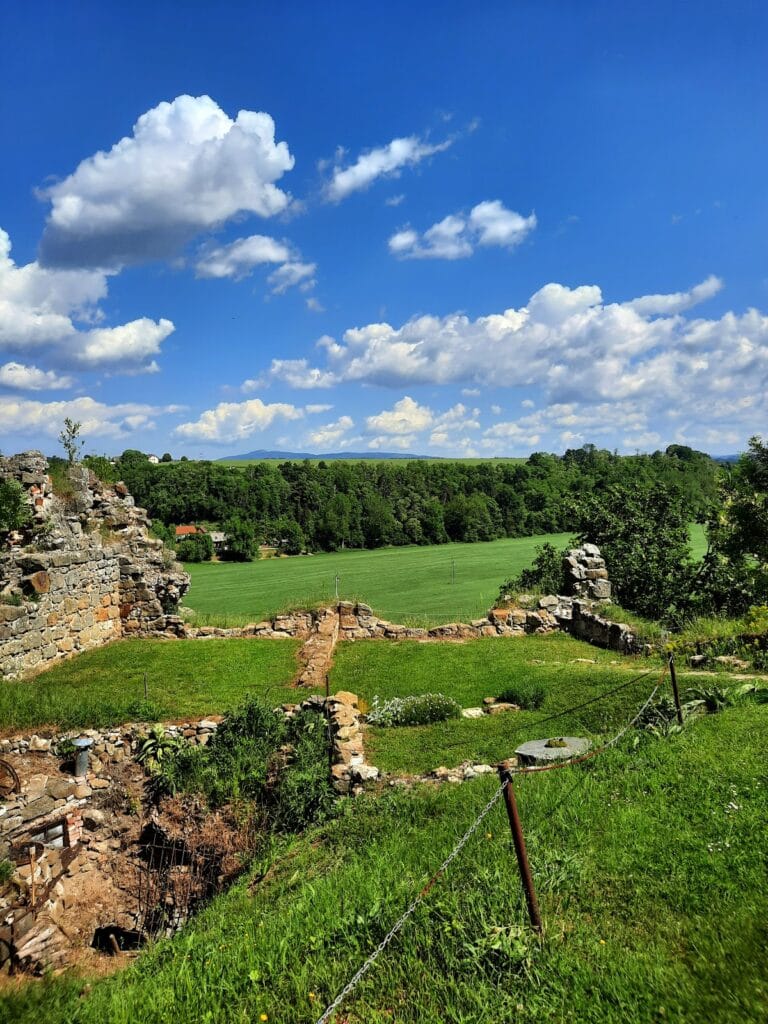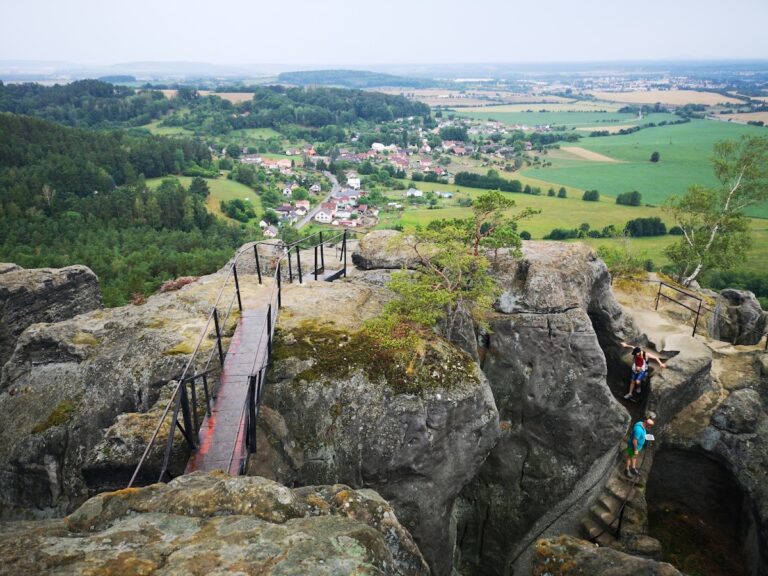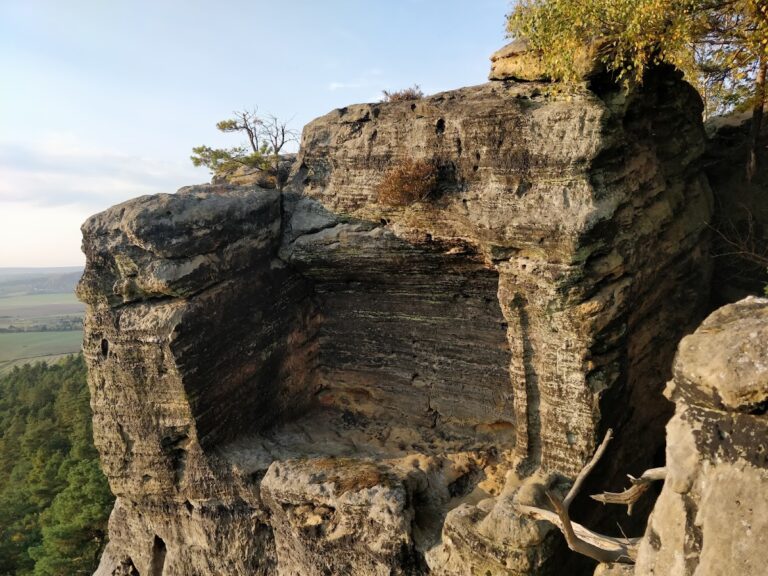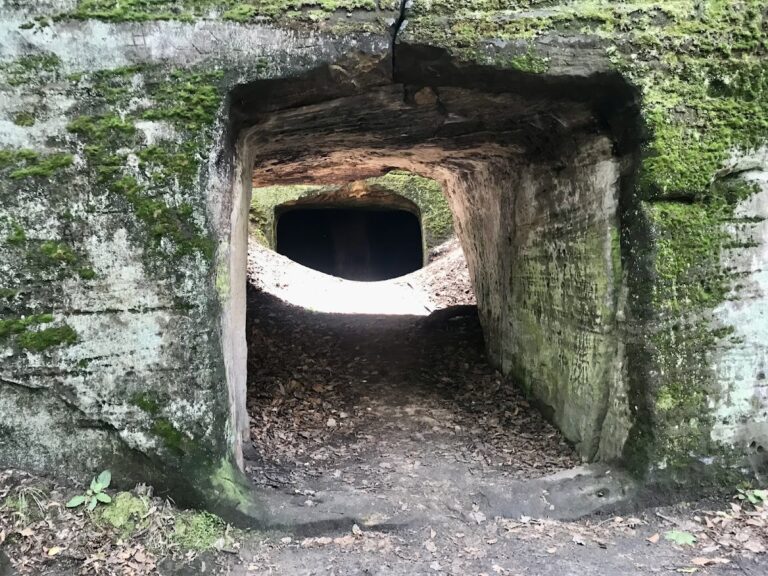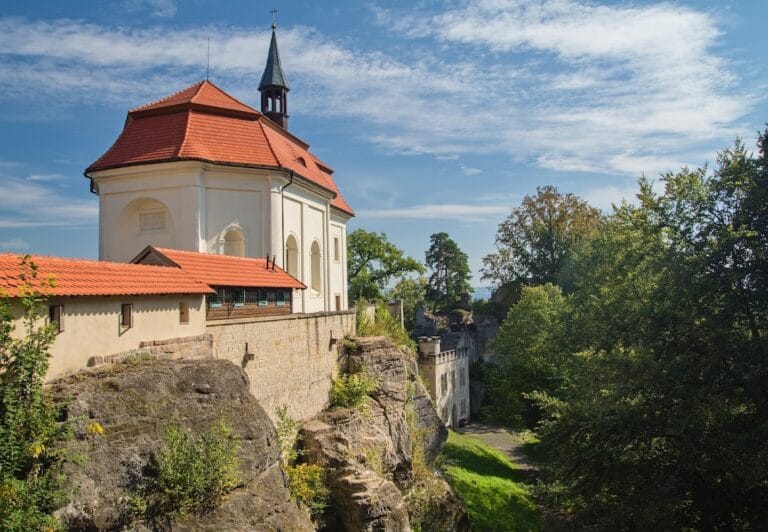Zásadka Castle: A Historic Medieval and Renaissance Site in the Czech Republic
Visitor Information
Google Rating: 4.8
Popularity: Low
Google Maps: View on Google Maps
Country: Czechia
Civilization: Medieval European
Remains: Military
History
Zásadka Castle is situated in the municipality of Mnichovo Hradiště-Mohelnice nad Jizerou in the Czech Republic. Its origins trace back to the medieval period, when it began as a small fortified manor, known in Czech as a tvrz. This initial stronghold was probably established by the knights Ješek Ocas or his brother Ješek from Zásadka. The very first written mention of the site appears in documents dating to 1406, at which time the property was purchased by Matěj Pomazánka of Zliv.
During the fifteenth century, the manor changed hands several times, coming under the ownership of the Čuchové family. Financial difficulties led them to sell the estate in 1452 to Jiří of Poděbrady, a notable figure of the era. By the end of that century, under the tenure of Frycek of Daliměřice, the site underwent significant reconstruction. This period saw the manor’s evolution into a more formidable castle, rechristened as Nová Zásadka—meaning “New Zásadka”—reflecting its enhanced fortifications and changing status.
The sixteenth century marked a decline for the castle. Under the ownership of Jan Hrzán of Harasov in 1520 and later Petr Samšinský of Samšina in 1539, the structure was described as dilapidated, signaling neglect or reduced strategic importance. A major turning point came in 1560 when Zikmund Vančura of Řehnice acquired the property. He transformed it from its medieval state into a Renaissance chateau, adapting the fortress to the architectural tastes and residential needs of the period.
At the beginning of the seventeenth century, Václav Budovec of Budov purchased Zásadka and carried out further modifications shortly after 1604, continuing its development as a noble residence. Later in the century, the castle entered the hands of the prominent Valdštejn family. They incorporated Zásadka into their Mnichovo Hradiště estate, but the estate’s fortunes diminished over time. By the late eighteenth century, the castle’s use had dwindled considerably, with only a gamekeeper residing there in the early nineteenth century.
In 1790, the castle suffered a significant fire, yet the roof remained intact until at least 1820. Despite this, the building gradually fell into ruin throughout the nineteenth century. Ownership stayed with the Valdštejn family until 1945. Since 1967, the remains of Zásadka Castle have been legally protected as a cultural monument, preserving its historical legacy.
Remains
The ruins of Zásadka Castle occupy a rocky promontory overlooking the left bank of the Jizera River, situated approximately 260 meters above sea level. The steep slopes beneath the site descend sharply to the river, offering natural defensive advantages that the original builders utilized. The castle’s construction primarily features stone masonry walls that have withstood the passage of centuries, now standing in various states of preservation.
Among the oldest architectural remnants is a two-wing palace located on the northern portion of the site, partially buried beneath accumulated earth. This structure includes vaulted cellars with barrel vaults—an architectural feature consisting of semicircular arches forming the ceiling and supporting the weight above. These basements indicate the medieval origins of the complex, serving essential storage or administrative functions.
The original Gothic manor also likely included a square tower at the southwestern corner, though today only subtle changes in the terrain mark its location. Defensive ditches were constructed in front of the castle’s entrance, enhancing its fortifications by creating obstacles for any approaching threats.
From the Renaissance period, after the major transformation under Zikmund Vančura, substantial additions expanded the castle’s footprint, notably a large palace extending along the northwest and southwest sides. This palace was built adjoining the older fortification walls, illustrating how the Renaissance owners adapted and enlarged the existing medieval framework to suit new residential purposes.
Today, the site’s most visible features are these stone walls and the vaulted cellars, which reveal the blend of medieval and Renaissance influences. Access to the castle is through a marked green tourist path, ascending a steep and rocky trail that leads visitors close to the ruins and overlooks the surrounding Jizera valley, including views of Mohelnice and the distant Ještěd mountain. The remains stand as a testament to the site’s long and varied history, preserved as a cultural heritage landmark.
